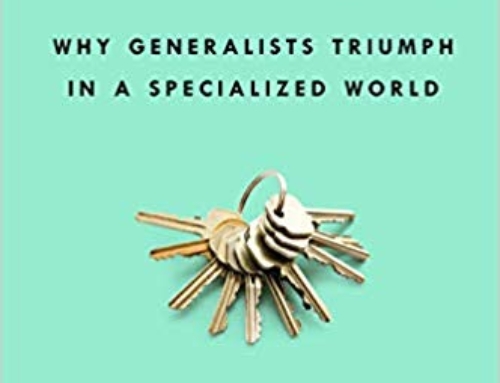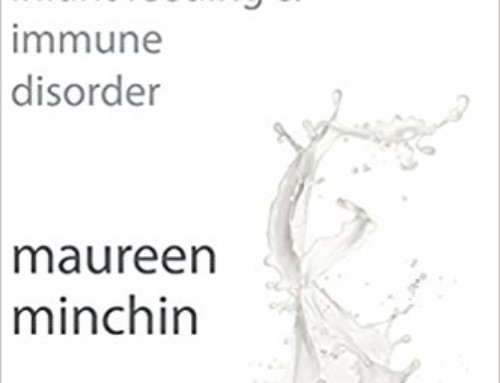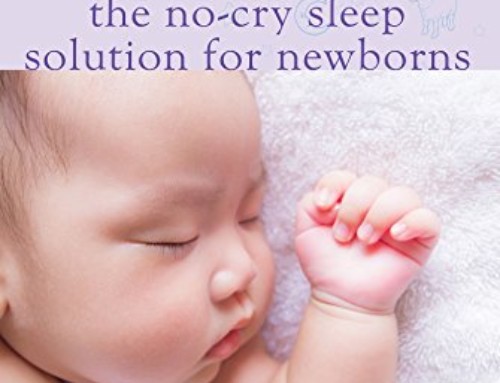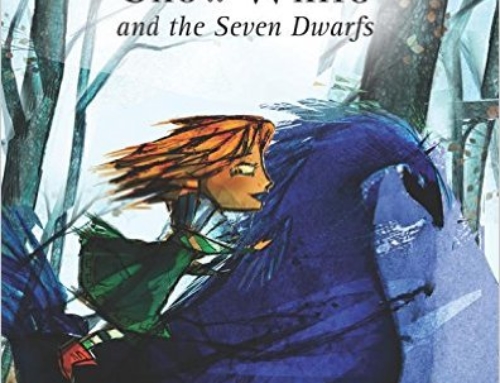By Tracy G. Cassels
Let’s face it, though many of us are gentle parenting advocates, lots of people want a fix for bedtime troubles with infants and toddlers. They don’t want to hear, “Give it time”. And many of us then recommend the No-Cry Sleep Solution to them because really that’s one of the only books out there dealing with gentle methods to help babies (and toddlers in the toddler version) sleep (though of course books like Pinky McKay’s Sleeping Like A Baby are also wonderful). But like any book or system, it doesn’t work for everyone. So I was very pleased when I received a copy of Gentle Goodnight by Lyssa Armenta to review and it opened with a chapter on the importance of not doing sleep training as we typically know it.
So what is the premise of Gentle Goodnight? It’s a means devised by one mom of dancing baby to sleep, but not just dancing it out, but rather a systematic way to incorporate dance into a night routine to elicit sleep starting at younger ages but going into toddlerhood. Consider it part workout, part sleep guidance. But all gentle. The book itself is also very easy to digest (a huge plus if you’re sleep deprived or have limited time to read things yourself). I managed to read the whole thing in an hour (with a few interruptions). At only 60 pages, frankly I think it’s the ideal size for a how-to book.
As this short length, though, don’t expect a full history on the research of CIO or why we should even do gentle goodnights. Outside of the brief introduction and personal views on the matter by the author, this is not an information book. Like I said, it’s great if you know you want to do gentle goodnights, but I’m not sure it would convince someone of the problems associated with CIO or CC. In that sense it probably won’t convince a parent who believes that modern sleep training is the way to go to change his/her mind, but it can offer an alternate path and definitely provides an option for those who are set on using gentle methods.
The only two drawbacks I see to this book (and method) are:
(1) It only deals with younger infants and not sleep problems in older children. Though it talks about how the program can change with age (as I mentioned, it goes into toddlerhood), it’s unclear if one can just jump in at that age (doubtful by the looks of it) or how the program would look starting with an older child.
(2) Obviously it won’t be for every parent or child. There is one method here so if any aspect of it doesn’t really work for you, there are no real alternatives. If your baby hates too much movement or too much music, it probably won’t work. If you can’t dance (e.g., are in a wheelchair or broke a foot, etc.) then it won’t work. And like all methods, it just won’t work for everyone (though this is to be expected of any method).
Overall, though, I think this is a valuable addition to the literature helping parents with child sleep. And I am really in love with the short, accessible nature of it. (Frankly I’d love to see a condensed No-Cry Sleep Solution book modeled off the brevity of this book for parents who aren’t going to wade through it all.) And if you like music, you like to dance, and you like to get your baby to sleep, you and this book may be a match made in heaven.
You can also check out the Gentle Goodnight Homepage Here.
You can purchase Gentle Goodnight here and help support EP as well 🙂






Redoing our website and I was going through reviews to put on there and came to yours.
I SINCERELY appreciate your taking your time to read and review Gentle Goodnight!!
The two drawbacks that you found I wanted to comment on to explain how they can be solved.
1. Very recently we added a video to show what you spoke of if the method can be implemented for any age and the answer is YES it absolutely can. This link below will show a baby who is 13 months using the method for the first time. Babies of every age I think love music and movement combined and they appreciate the help in bringing their energy down to relax.
http://youtu.be/WX7ZZQXE24g
2. Also the case of movement or music being a problem for baby. Part of the beauty of music is the endless variety so once the baby’s preferences are found maybe slow ballads, instrumental or classical with slow movement for those who are extremely sensitive. I think babies like adults like some kind of music they just need to find what their ears love and bodies feel at ease with.
Now the case of someone in a wheelchair or broken leg as you said this is not the method for you. Another group we have found this method doesn’t work for are parents who are hard core couch potatoes who don’t like exertion of any kind. Not the method for you.
Thank you again Tracy and especially for promoting non cry-it-out sleep methods like you said there are so few to promote, I wish we had more so no baby cries to sleep.